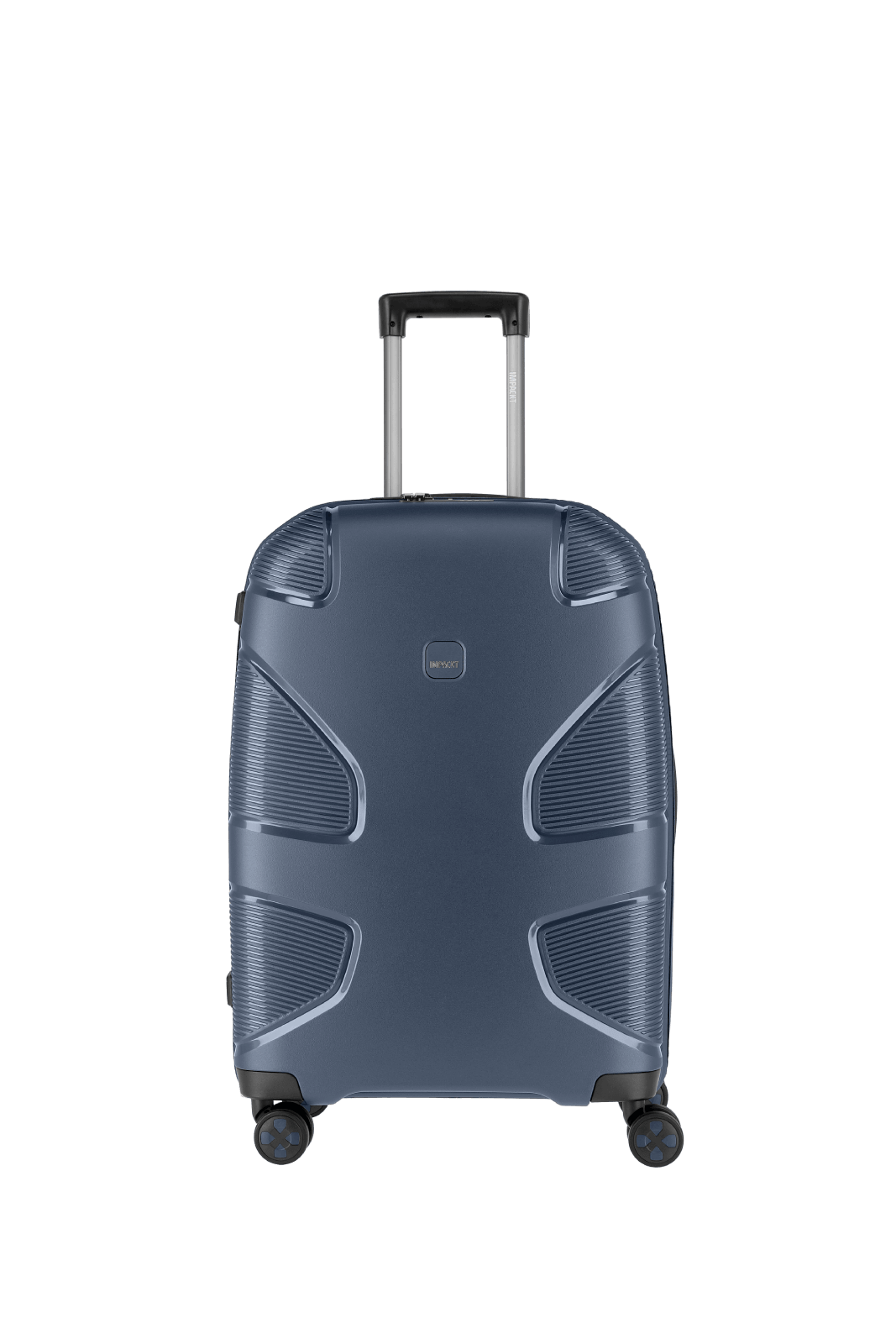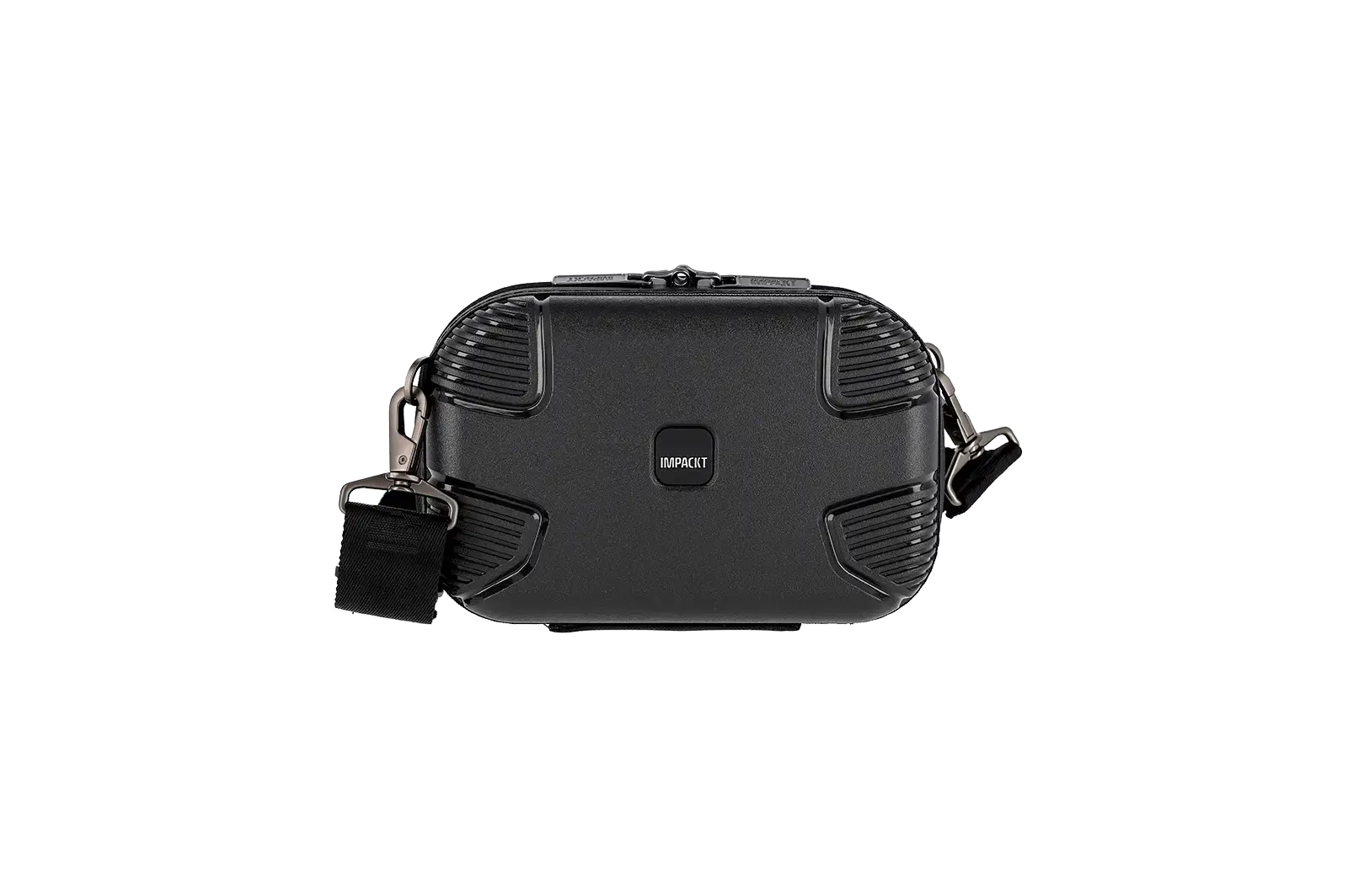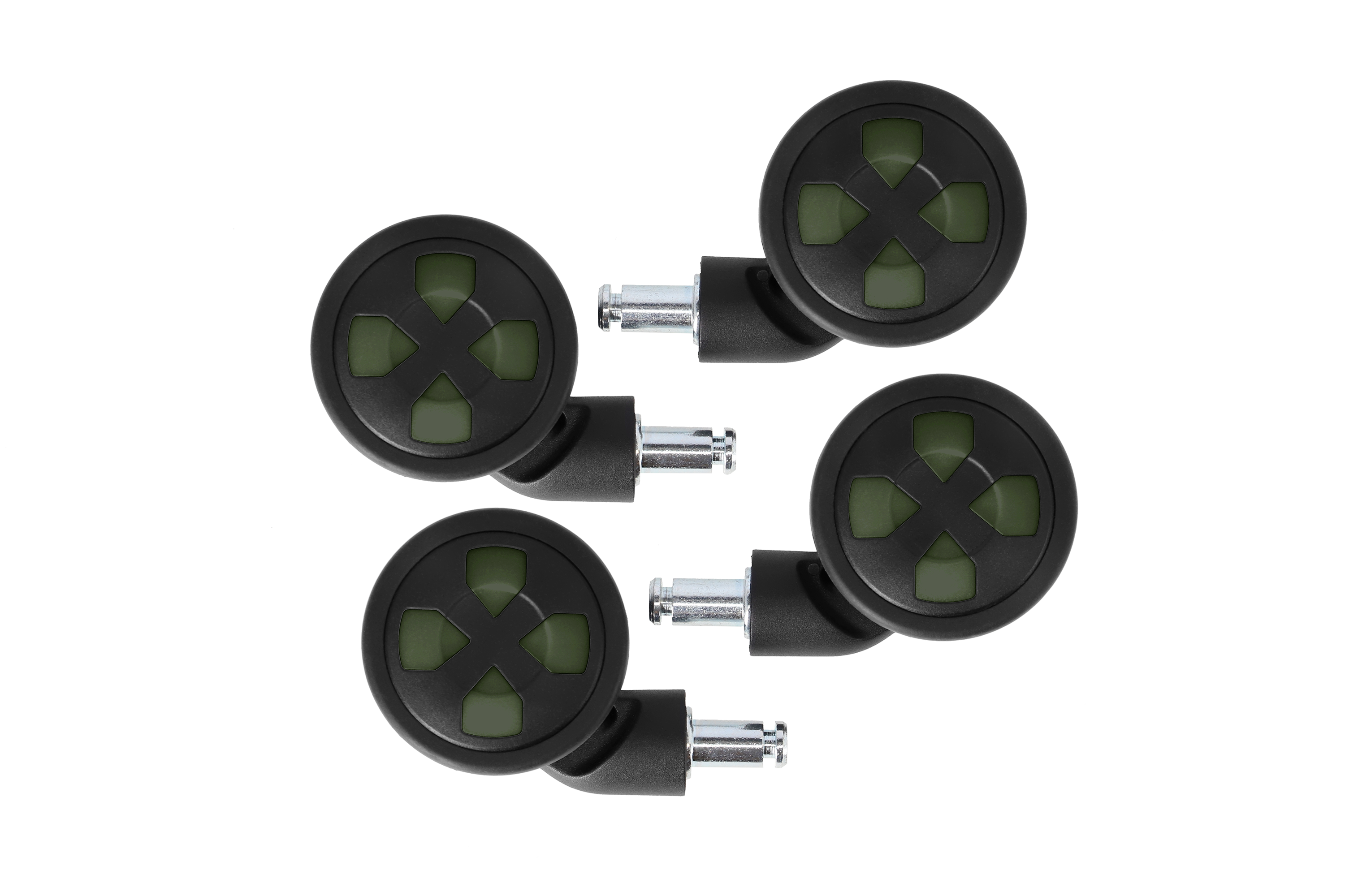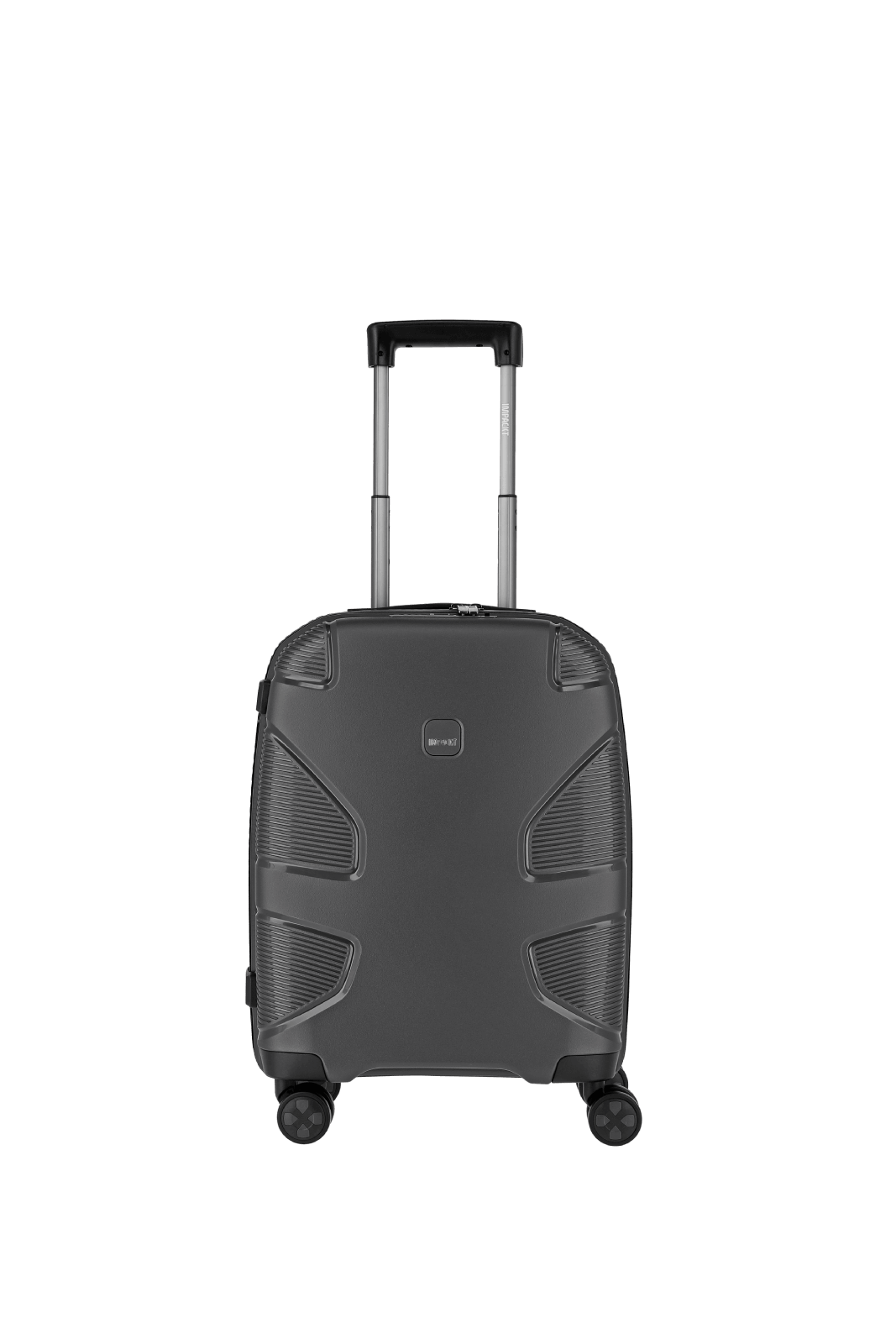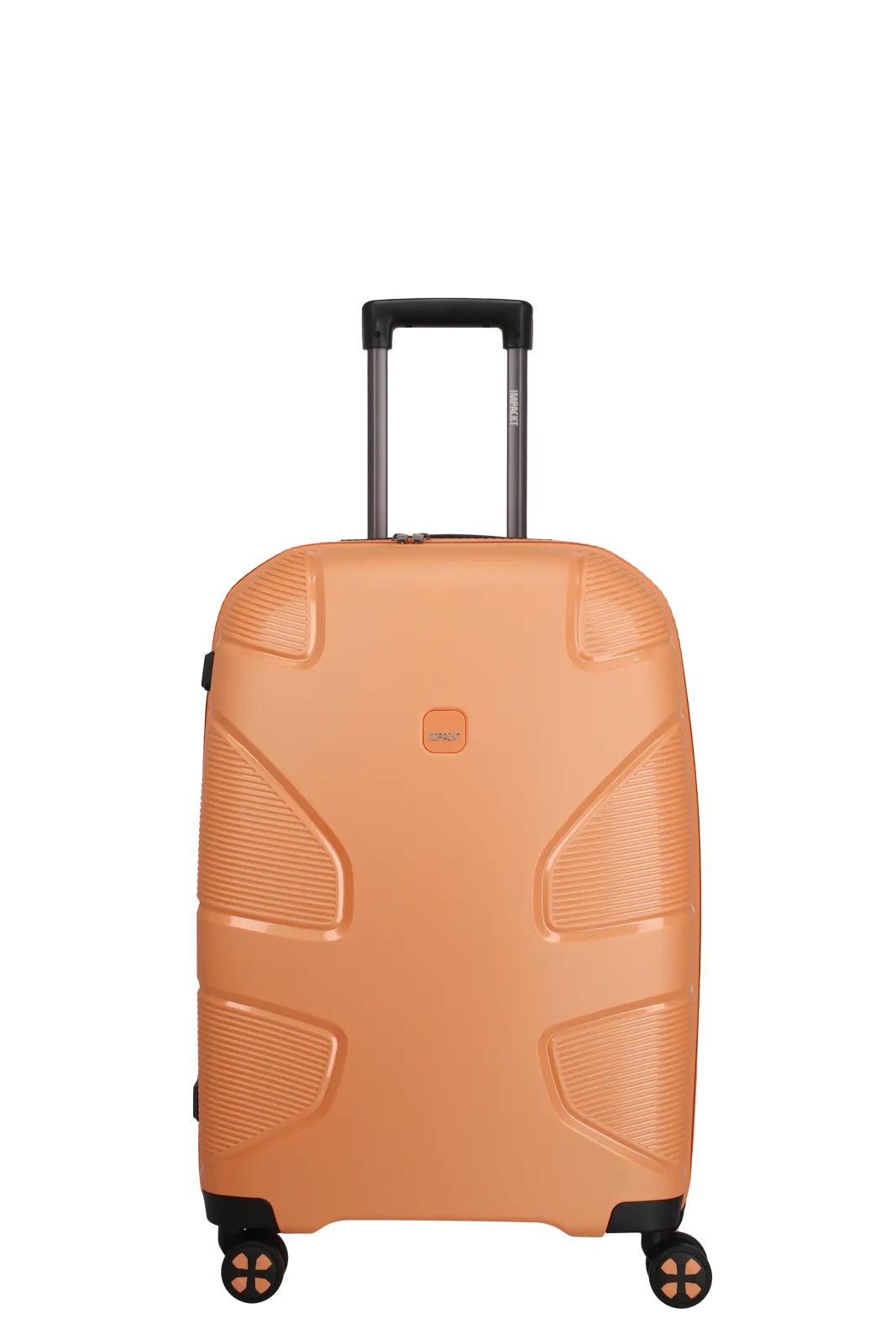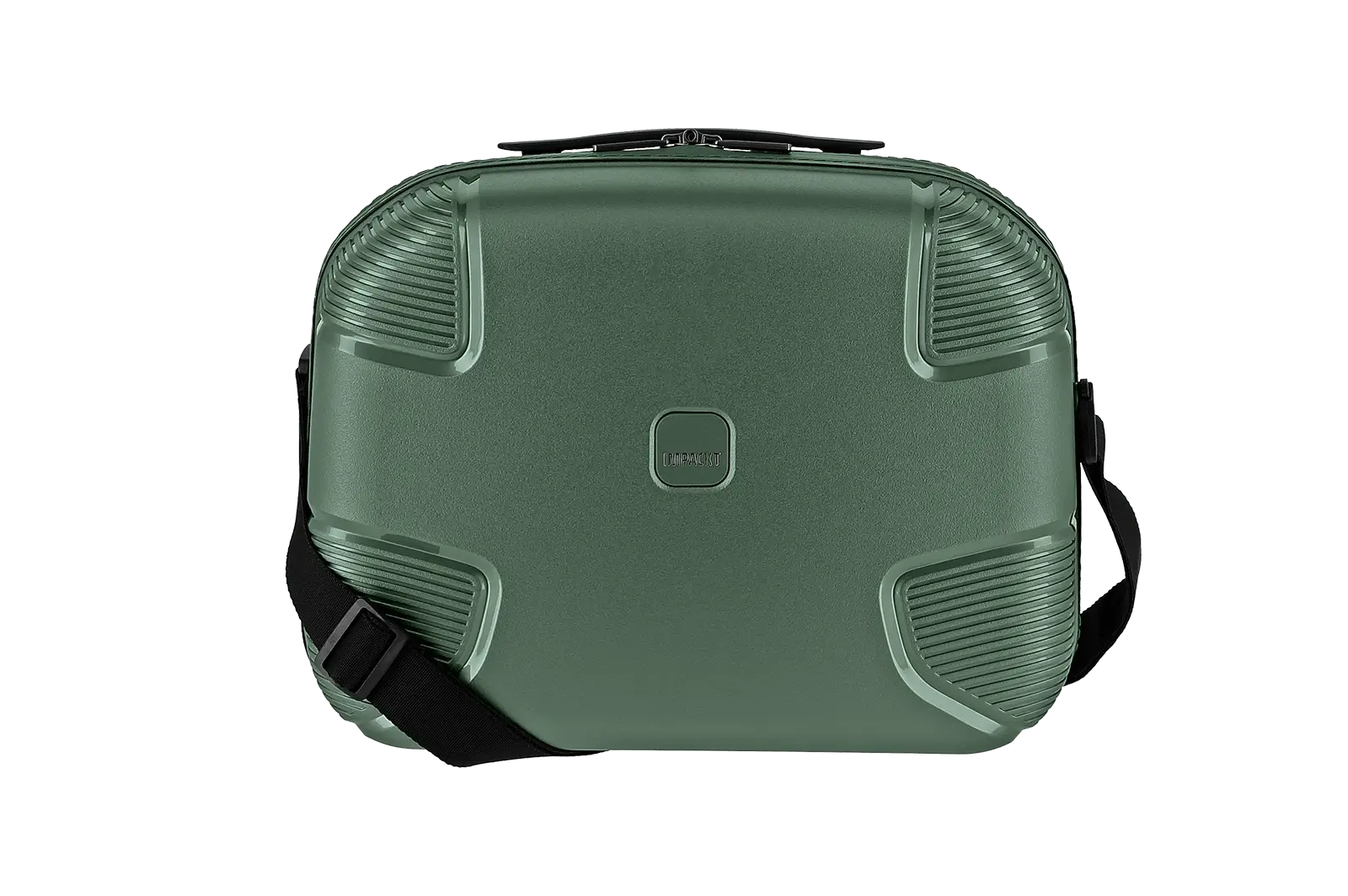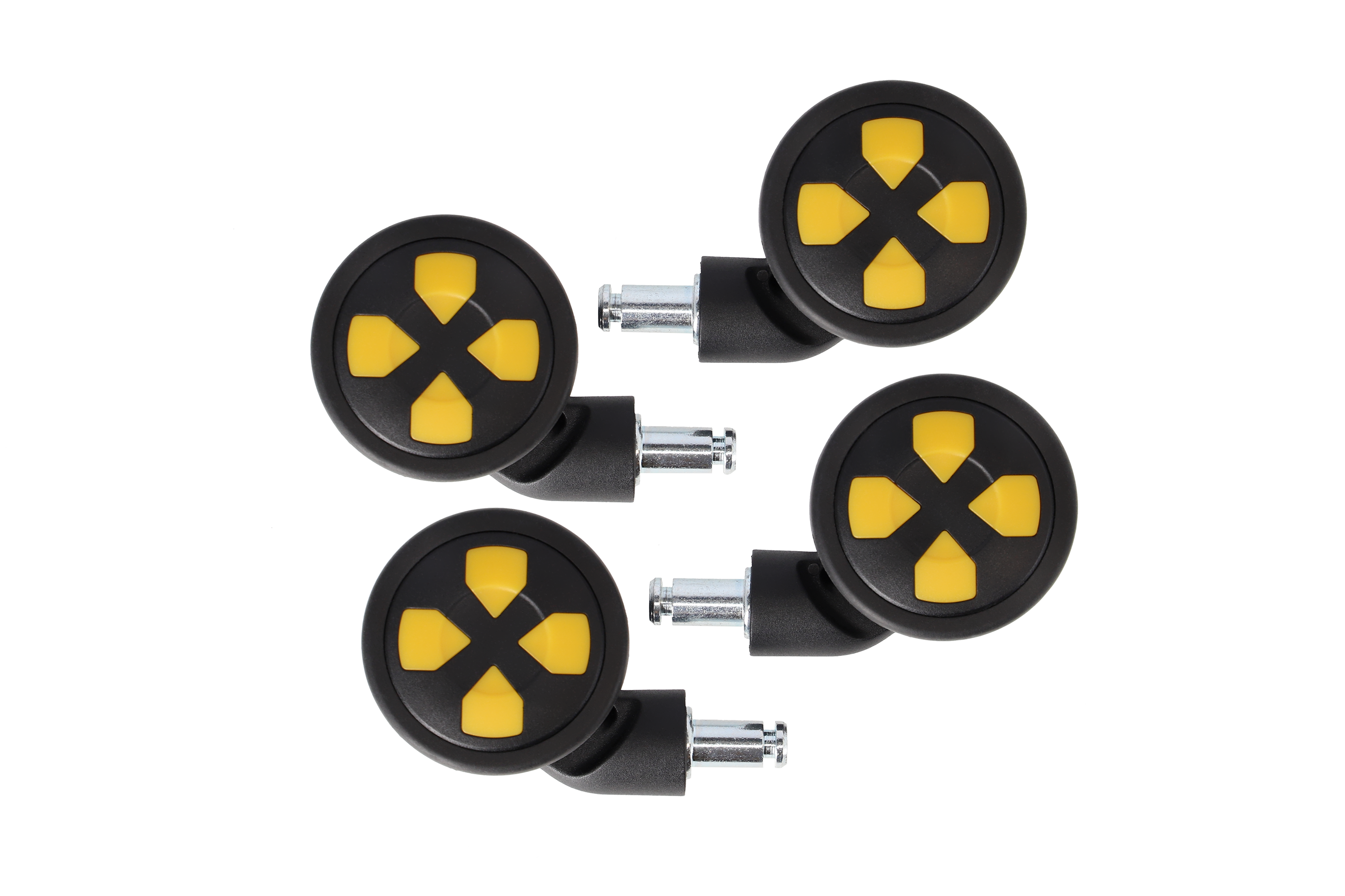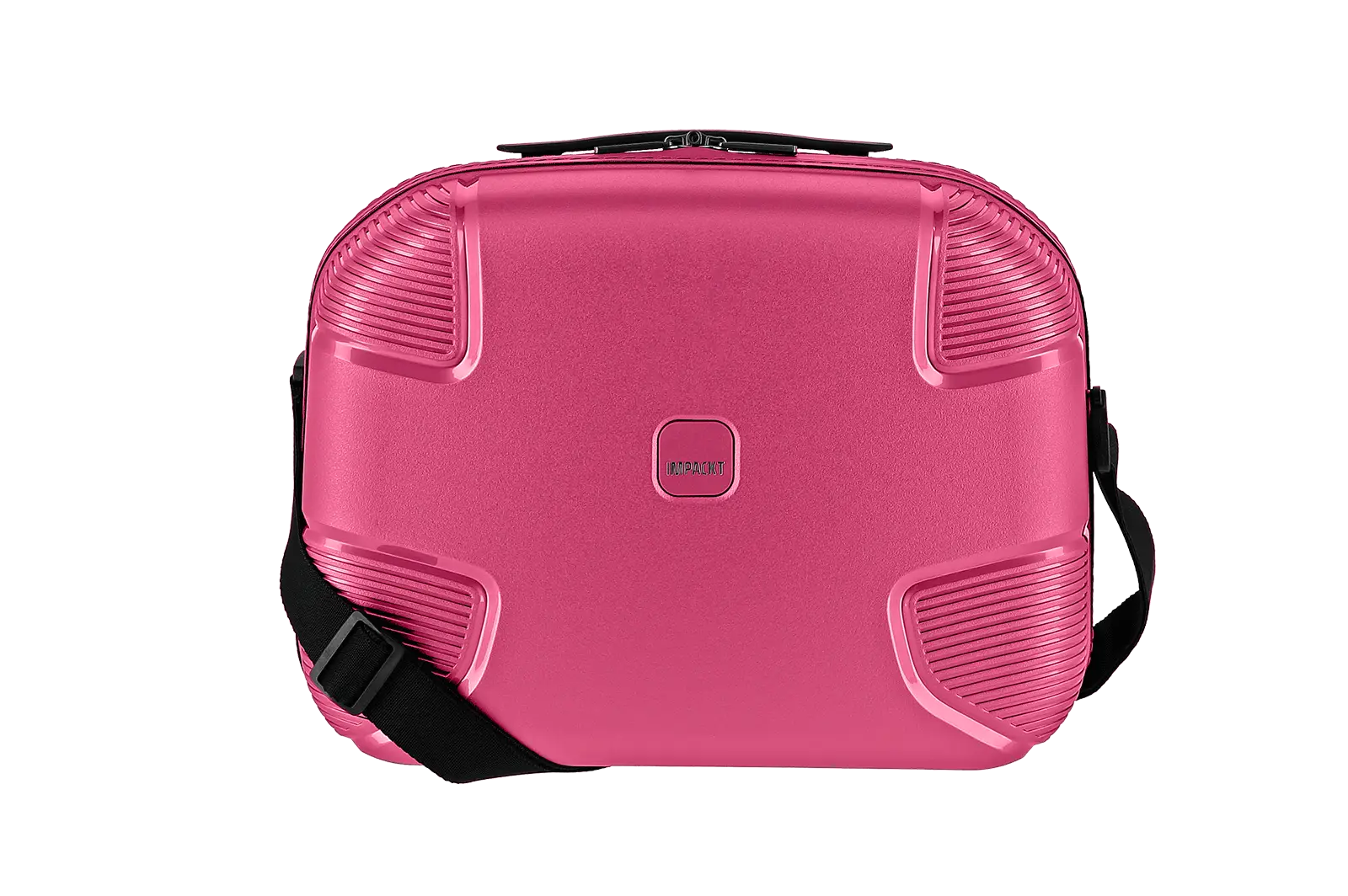

Offset your flight: Your steps to CO2 offsetting
Go travelling. Explore the world. That's a big dream for many. But "booking a flight without a care in the world" is no longer the case. Where once there was unrestricted anticipation, now an increasingly guilty conscience is making itself felt.
Since 2018, there has even been a term for it: flight shame.
Flight shame describes the feeling of being torn between "I know that flying is bad for our climate" and "but I really want to travel to faraway countries".
If you want to reconcile both - i.e. fly in a more climate-friendly way - it is suggested that you compensate your flight. But what does that mean exactly? And how do we go about this CO2 compensation? We'll tell you.
CO2 offsetting: What it means to offset a flight
For every kilometre you travel on a plane, paraffin is needed to power the turbines. When paraffin burns, it produces gases that are harmful to the climate - above all CO2. This is emitted into our atmosphere via the engines. The problem is that the more CO2 there is in our atmosphere, the hotter it gets on our planet. This large effect of CO2 leads to climate change.
So the goal should be to cause as little CO2 as possible.
In the case of a flight, this is hardly possible. A plane does not take off without fuel. However, CO2 compensation makes it possible to offset the emissions caused by a flight.
"Offsetting a flight" means that you pay a donation for your flight to an organisation that promotes climate protection projects. This usually involves:
- The reforestation of forests or the protection of moors
- Research into alternative fuels
- The expansion of renewable energies
- Preserving biodiversity
- Increasing energy efficiency
Offset your flight: How it works
It is now really easy to offset a flight.
Directly via the airline
With many airlines, you can invest in CO2 offsetting while you are still booking your trip.
The CO2 emissions of your flight are displayed when you book. You can then choose how you want to offset them. Lufthansa, KLM and others offer three options:
1. promote innovative fuel technologies
2. support high-quality climate protection projects
3. the efficient combination of both
All three options help to reduce the negative impact and at the same time increase the desire to travel. The first option is particularly exciting. When you're on a plane, knowing that you're taking to the skies with sustainably produced alternative aviation fuel, your flight shame is guaranteed to drop. So-called sustainable aviation fuel - such as biokerosene - is made from the japtropha plant, wood waste or waste oil. Electricity-based fuel is also super promising. This uses water and electricity from renewable energy sources and CO2 that was previously extracted from the atmosphere. The result: we fly CO2-neutral and with a good feeling.
Via a reputable platform
You can also start your own search and offset your flight via a platform. For example, atmosfair is popular. On the website, you simply enter your departure and destination airports and have your climate footprint for the flight offset calculated. You then pay the climate protection contribution and receive a personal CO2 certificate.
If you choose to go through a platform, it is of course important that the climate protection projects are really serious. You can recognise trustworthy carbon offset projects, for example, by the "Gold Standard". This is an international seal of approval developed by the WWF and other NGOs. A regional quality standard is "Moor Futures". Unbelievable but true: peatlands are the largest and most effective carbon reservoirs on earth. They store more CO2 than all forests combined. That is why it is so important to protect them. The more peatlands are wetted, the more our atmosphere is relieved. A solution for fast and effective climate protection is right on our doorstep, so to speak (especially in Mecklenburg-Western Pomerania, Brandenburg and Schleswig-Holstein).
Another tip: Use the CO2 calculator of the Federal Environment Agency to calculate your footprint. It is virtually an independent testing centre that provides unbiased results.
Where can you offset your flight? Besides atmosfair, the following platforms are popular for CO2 offsetting:
Is flying really that harmful?
We all have a carbon footprint. It is made up of the consumption of heat and electricity, mobility, consumer goods and food. On average, we emit 11,630 kg of CO2 per year - per capita in Germany. It is our decisions that contribute to whether we are above or below this average. We determine how environmentally friendly we live our lives.
In order to make sustainable decisions, we need comparative values. Only if we know which alternative is the best for our planet can we make a positive contribution to climate protection.
When travelling, flying is one of the biggest climate killers. Let's assume you want to travel a distance of 100 kilometres. Then a long-distance bus consumes 2.3 kg of CO2, the ICE 3.6 kg of CO2 and a plane 21.1 kg of CO2 - that's seven times more (source: quarks).
With tips like "train instead of flight" you can turn the tables and save CO2. But there are even more ideas on how to travel more sustainably. We'll tell you what they are here:
Climate-friendly travel - the tips
Train instead of flight
When planning your trip, first ask yourself: do I really have to take the plane, or can I get to my destination by train? For example, there are great connections from Hamburg to Copenhagen, from Berlin to Stockholm, from Freiburg to Basel and from Munich to Venice.
You could avoid a flight here. And at the same time, you can have some incredible experiences. From the train window, you experience landscapes in a completely different way. You are much closer. You see routes that you would otherwise never drive.
Zero Waste
On a trip to Bali, the situation is quite different. You can't just hop on a flight and arrive at the other end of the world a short time later. However, it is possible to minimise your ecological footprint during the flight. For example, you can choose the vegan menu on board, reduce your luggage to the minimum (packing only what you really need will save fuel and energy) and avoid waste by following our tips on zero waste when travelling.
More balance
And then, of course, we recommend offsetting your flight. This way you offset even more CO2.
For a more sustainable balance, you can focus on just one faraway destination per year and plan smaller trips - for example, by train. This not only increases the anticipation of "the one big trip", but also keeps your impact in balance without blowing up your annual emissions.
Sustainable luggage
The shell of our IP1 collection is made from approximately 46% recycled material. For 100% travel fun, the cases are strong, lightweight and shatterproof. This gives them maximum durability, and you maximum enjoyment from sustainable travel.
If you would like more information about "offsetting your flight" from the German Federal Environment Agency, you can read this brochure on voluntary CO2 offsetting.
Travel consciously and responsibly. Travel with IMPACKT.





